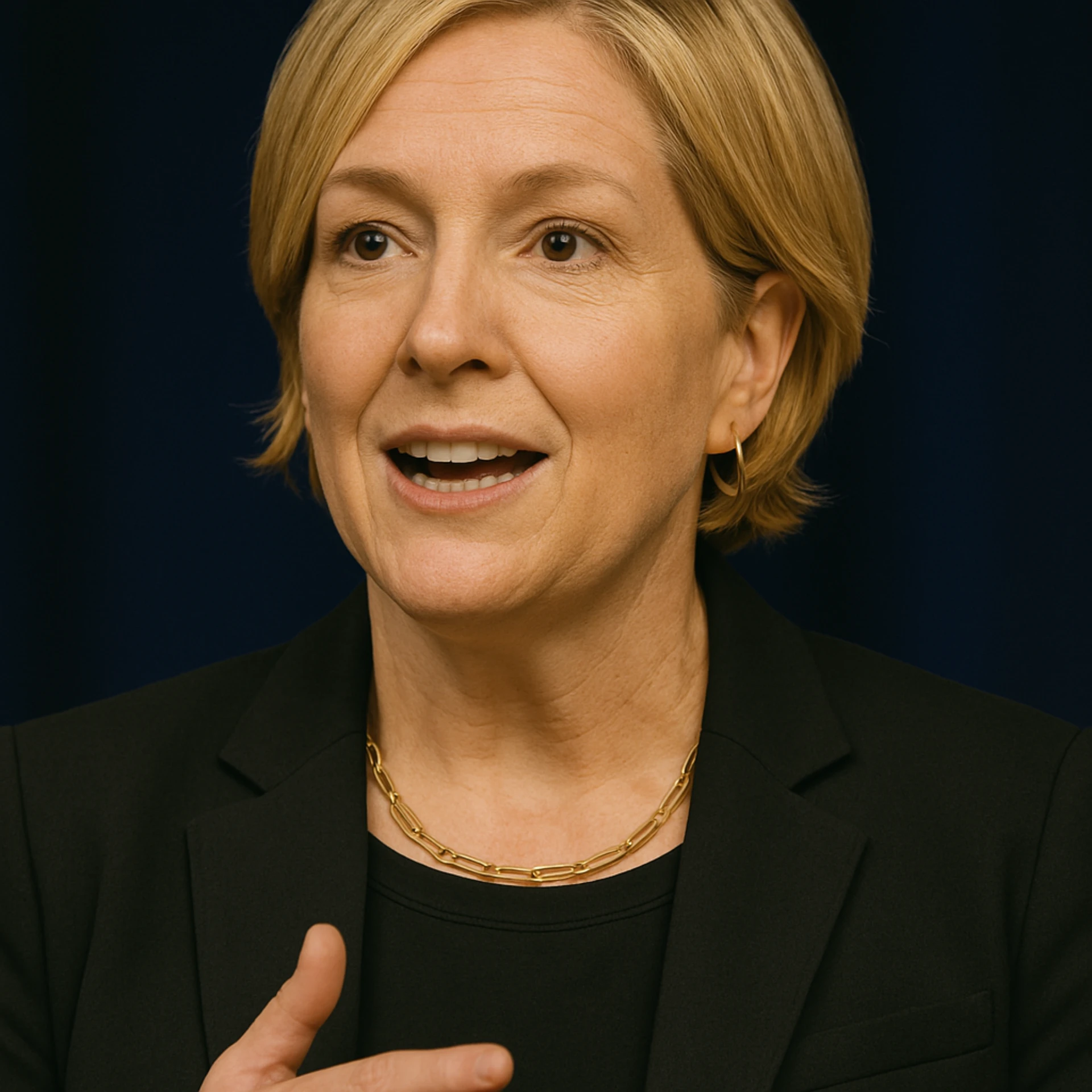I. Introduction
World-changing progress begins with a powerful question: What kind of world do you want to live in? This is the foundation of vision—the ability to imagine a better future and take deliberate, practical steps towards building it. Whether applied at the individual, organisational, or societal level, vision has the potential to shape our lives, communities, and economies.
In today’s business and social landscape, rising challenges such as climate change, inequality, and geopolitical instability make it more important than ever to ask this question. However, creating and manifesting a desirable future requires more than hopeful thinking. It demands collective visioning, actionable planning, and consistent collaboration.
This whitepaper explores the psychology and practicalities behind creating shared visions. It explains how individuals, organisations, and stakeholders can develop goals, align actions, and take responsibility for driving change. By examining successful initiatives and offering proven strategies, it outlines actionable paths toward building the kind of world we all want to live in.
II. Visualizing Desired Futures
The Psychology of Visioning
A vision—a clear mental picture of a desired future—is essential for driving meaningful change. Psychology highlights the role of vision in motivating action, aligning priorities, and sustaining resilience during adversity.
1. The Power of Purpose:
Psychologist Viktor Frankl, in Man’s Search for Meaning, emphasised that a sense of purpose enables individuals to endure and thrive even in the most challenging circumstances. Vision provides individuals and organisations with an anchoring purpose, creating clarity amidst uncertainty.
2. Emotional Engagement:
Neuroscience has demonstrated that humans are more likely to act on goals that evoke emotional responses. Harvard research by Gilbert and Wilson (2007) showed that imagining future scenarios not only increases motivation but also fosters emotional connections to those scenarios, making change feel more achievable.
3. Cognitive Alignment:
Visioning enhances focus and decision-making. By establishing a “north star,” individuals and organisations can prioritise actions and resources aligned with long-term objectives while avoiding reactive, short-term decisions that might derail progress.
Engaging Stakeholders in Vision Creation
Shared visions are most potent when they include input from diverse stakeholders. In an organisational or societal context, engaging others in the visioning process fosters ownership, accountability, and shared purpose.
Strategies for Inclusive Visioning:
- Collaborative Workshops: Facilitate structured sessions where key stakeholders work together to outline aspirations, identify challenges, and develop unified goals.
- Appreciative Inquiry (AI): This participatory model identified by Cooperrider and Srivastva (1987) focuses on tapping into organisational strengths and asking questions like, “What is our ultimate potential?”
- Visual Tools: Use tools such as vision boards, storytelling, and digital simulations to bring abstract ideas to life, ensuring accessibility for all participants.
- Public Consultation: Open surveys, town hall discussions, or employee engagement platforms can capture diverse ideas, enriching and broadening the vision beyond leadership-level aspirations.
III. Strategies for Manifesting Change
Setting Goals Aligned with Shared Visions
For a vision to be compelling, it must not remain aspirational. Practical goals—clear, measurable, and action-oriented—are essential building blocks of progress.
Actionable Techniques:
- SMART Goals: Ensure goals are Specific, Measurable, Achievable, Relevant, and Time-bound.
- Backcasting: Begin by visualising the achievement of the desired future and then work backwards to identify the sequential actions necessary to achieve it.
- Milestones and Metrics: Break significant goals into smaller milestones with progress indicators.
Creating Actionable Plans for Achieving Desired Outcomes
A vision remains an idea until tactical plans and practical execution support it. Actionable planning ensures that individuals and teams move in the right direction with clear steps to follow.
Steps to Transform Vision into Action:
- Allocate Resources: Specify the financial, technical, and human resources necessary to achieve each goal.
- Assign Accountability: Assign ownership of tasks to specific individuals or teams to ensure execution.
- Foster Agility: Build plans that are robust yet flexible to allow adaptation to unforeseen challenges.
- Regular Review and Reflection: Establish quarterly or biannual progress reviews to maintain momentum.
IV. Collective Action and Responsibility
The Importance of Collaboration in Achieving Change
No individual, group, or organisation can achieve world-changing goals alone. Collaboration is the cornerstone of social progress and sustainable improvement. By working together, communities pool resources, share expertise, and amplify their impact.
Principles of Effective Collaboration:
- Shared Goals, Shared Accountability: Align all parties around common objectives with defined roles.
- Trust and Transparency: Open communication and trust break down silos and encourage partnership.
- Diversity and Inclusion: Broad participation strengthens creativity and ensures relevance.
Examples of Collective Initiatives
Example 1: The Paris Agreement
The Paris Agreement is a global accord aimed at limiting global warming to below 2°C of pre-industrial levels.
- Mechanism: Each participating country provides Nationally Determined Contributions (NDCs) aligned with the global climate goal.
- Key Takeaway: The initiative demonstrates how measurable goals and broad collaboration drive collective change.
Example 2: The Ellen MacArthur Foundation’s Circular Economy Vision
The foundation provides a blueprint for rethinking resource usage through a circular economy framework.
- Outcome: Initiatives include plastic reduction, redesigned packaging, and collaborative policy influence.
- Key Takeaway: Tangible results follow when shared visions are coupled with impact-driven collaboration.
Example 3: Unilever’s Sustainability Agenda
Unilever integrates social and environmental goals into its operations through the Sustainable Living Plan.
- Outcome: The company is seen as a leader in sustainability due to its internal and external alignment with its vision.
- Key Takeaway: Embedding purpose into core operations leads to long-term impact and recognition.
V. Conclusion
Recap of Insights
In a world facing rapid technological, environmental, and social change, having a clear vision for the future is paramount. This whitepaper has explored the psychological underpinnings of visioning, the actionable steps needed to manifest that vision, and the collective responsibility required to achieve it.
Key Takeaways:
- Vision Drives Action: Purpose-aligned vision fosters motivation and strategic alignment.
- Collaboration Is Essential: Collective efforts drive scalable and sustainable change.
- Accountability and Agility Are Crucial: Clear plans and adaptive processes ensure ongoing progress.
Call to Action for Organisations and Individuals
The question “What kind of world do you want to live in?” is not only aspirational—it demands action from each of us.
Steps Forward:
- Envision a future worth striving for, grounded in shared values and a common purpose.
- Break the vision into actionable, measurable goals that respond to today’s rapid transformations.
- Collaborate widely—within teams, across organisations, and with other sectors—to ensure collective progress.
By posing the right questions today and committing to actionable strategies, we can collectively create a legacy of progress, innovation, and responsibility for future generations.
References
- Cooperrider, D. L., & Srivastva, S. (1987). “Appreciative Inquiry in Organizational Life.” Research in Organizational Change and Development.
- Edmondson, A. C. (1999). “Psychological Safety and Learning Behavior in Work Teams.” Administrative Science Quarterly, 44(2).
- Gilbert, D. T., & Wilson, T. D. (2007). “Prospection and Well-Being.” Perspectives on Psychological Science.
- Sinek, S. (2009). Start with Why: How Great Leaders Inspire Everyone to Take Action. Penguin.
- United Nations. (2015). “Paris Agreement.” Framework Convention on Climate Change.
- Ellen MacArthur Foundation. (2020). “Towards a Circular Economy.”










